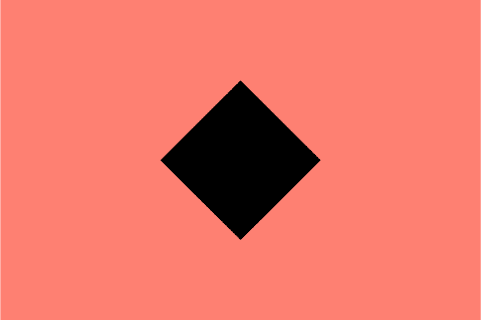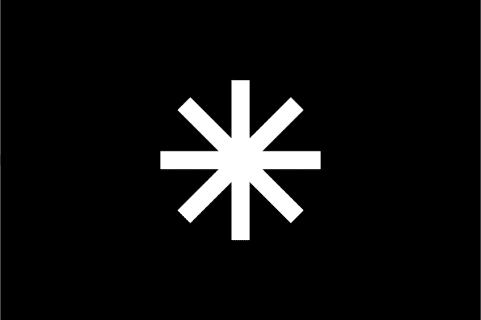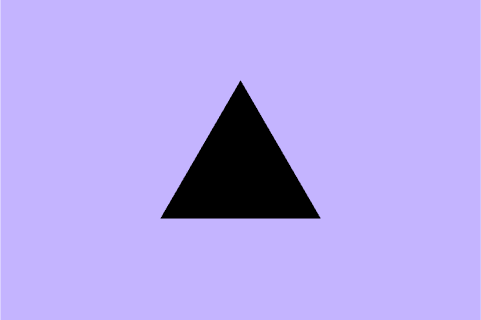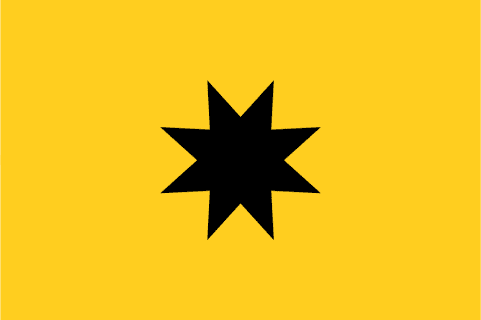Black hat SEO techniques
To understand proper white hat SEO methods, we must first look at what is considered black hat.
Black hat SEO is a direct attempt to trick a search engine into thinking a website is more relevant to a search query than it actually is. In contrast, white hat SEO actually makes websites more relevant to search queries with no trickery involved.
This element of “trickery” means that black hat sites that appear at the top of search engine results might be useless to visitors. This, of course, is not what Google et al. want, so they do all they can to discourage black hat methods and punish those who use them.
Search engines don’t just dislike black hat SEO for its dishonesty, but because it often leads to a bad user experience. Unlike white hat SEO, which aims to benefit site visitors and search engines, black hat SEO is aimed purely at search engines, often ignoring users entirely.
Despite Google’s hardline stance on black hat SEO, there are still some individuals or agencies that continue to use black hat methods, hoping they do not get caught. These people and companies are best avoided if you have any interest in maintaining the long-term visibility of your website.
Black hat SEO practices that should always be avoided but may still be in use include:
Keyword stuffing
Keyword stuffing is a form of spam that involves overuse of certain keywords in order to manipulate a search engine into ranking a page higher for those terms. Keyword stuffing usually consists of adding multiple spurious keywords to title tags to the point that they read very poorly or do not make sense.
A keyword-stuffed title tag for this page may read like this: “White Hat and Black Hat SEO | SEO White Hat | SEO Black Hat | SEO.” It’s clear that this title was written so a search engine would see the terms ‘SEO’, ‘white hat’ and ‘black hat’ several times with little regard for grammar, readability or integrity.
More extreme keyword stuffing involves a similar tactic being used in the main body copy of a web page.
Using a few keywords in your title tags and content is actually recommended by Google, as it’s helpful to the user and helpful for Google bot. Just don’t go overboard.
Hidden content
Usually a form of keyword stuffing, some black hat practitioners will use tags to hide content on a page that is invisible to the user, but clearly visible to a search engine. Placing spurious keywords into a page’s code is one example of this. Developers can also use the tag and various others to place invisible spam in their pages.
Bad paid links
Links pointing back to your site, particularly with relevant anchor text, can increase search engine rankings. This form of link building is acceptable until money changes hands. Google considers paying for links that exist purely for the sake of link building, manipulative, and therefore black hat.
The worst forms of paid links are links from spammy directories that exist solely to make money from sending links to customers’ websites. Google’s updates have made these directory links very risky.
Informative, insightful PR style links with useful content for the reader, however, always work to a site’s advantage and are considered white hat.
Doorway pages and thin content
Google describes doorway pages as:
“Doorways are sites or pages created to rank for specific, similar search queries. They lead users to intermediate pages that are not as useful as the final destination. Examples of doorways include:
- Having multiple websites with slight variations to the URL and home page to maximize their reach for any specific query
- Having multiple domain names or pages targeted at specific regions or cities that funnel users to one page
- Pages generated to funnel visitors into the actual usable or relevant portion of your site(s)
- Substantially similar pages that are closer to search results than a clearly defined, browseable hierarchy”
And gives another update here.
Sistrix gives a good explanation of doorway pages. Essentially, the most common forms these days are pages that only vary based on location (i.e., separate pages for “Plumber London”, “Plumber Kensington”, “Plumber Chelsea”, “Plumber Shoreditch”, “Plumber Angel”, “Plumber Elephant and Castle” etc.), that offer subtle variations of similar products (“Carpet White”, “Carpet Off-White”, “Carpet Brown”, “Carpet Yellow”) etc, that offer subtle variations of the same keywords (“Artist London”, “Artists London”, “Artists in London” etc.) as well as pages that are not accessible through the site’s main navigation (i.e., pages created by internal search engines).
Thin content is any page that does not contain much content at all, or that does not provide much by way of unique content.
What are black hat SEO penalties?
It’s in a search engine’s interest for its results to be useful to users, so any site caught using black hat techniques will be penalised, either manually or algorithmically. Google does this by imposing a penalty that either removes the offending page or the entire website from the search rankings either for one search keyword or for any query at all.
This happened to the lyric website Rap Genius in 2014. The site was caught offering promotional tweets to bloggers who placed several spammy links back to Rap Genius on their websites. A member of Google’s spam team caught wind of this and the next day Rap Genius fell off the map. The site no longer ranked for most of the lyrics it had ranked for previously, and it didn’t even appear as first page result for the ‘Rap Genius’ brand name.
Google does remove penalties if websites discontinue their black hat practices, but some websites never bounce back to their previous standing. Rap Genius is said to have lost up to 700,000 daily visitors thanks to their Google penalty.
A website can also be algorithmically penalised. This could be as simple as seeing your website pushed down a few places because Google has promoted higher quality content, or your website plummeting in performance due to an algorithmic suppression.



